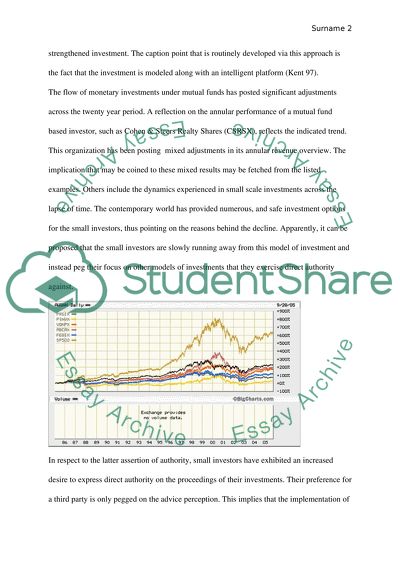Cite this document
(“Investments class (Measure for t-bond & funds historical data) Assignment - 2”, n.d.)
Investments class (Measure for t-bond & funds historical data) Assignment - 2. Retrieved from https://studentshare.org/finance-accounting/1619921-investments-class-measure-for-t-bond-funds-historical-data
Investments class (Measure for t-bond & funds historical data) Assignment - 2. Retrieved from https://studentshare.org/finance-accounting/1619921-investments-class-measure-for-t-bond-funds-historical-data
(Investments Class (Measure for T-Bond & Funds Historical Data) Assignment - 2)
Investments Class (Measure for T-Bond & Funds Historical Data) Assignment - 2. https://studentshare.org/finance-accounting/1619921-investments-class-measure-for-t-bond-funds-historical-data.
Investments Class (Measure for T-Bond & Funds Historical Data) Assignment - 2. https://studentshare.org/finance-accounting/1619921-investments-class-measure-for-t-bond-funds-historical-data.
“Investments Class (Measure for T-Bond & Funds Historical Data) Assignment - 2”, n.d. https://studentshare.org/finance-accounting/1619921-investments-class-measure-for-t-bond-funds-historical-data.


